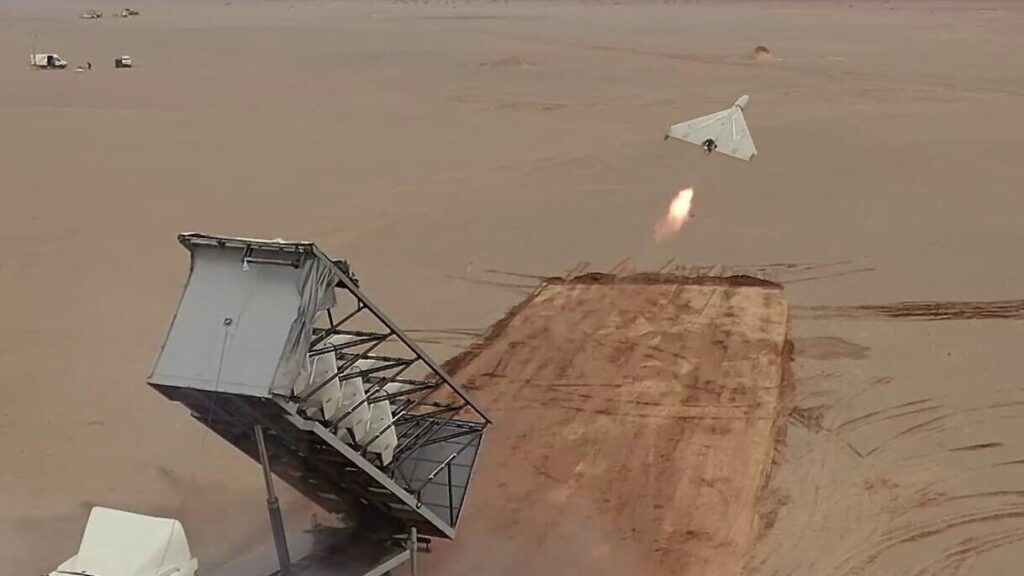
US forces illegally occupying Syria’s northeast remain targets for Syrian forces
Six US soldiers have been diagnosed with traumatic brain injuries as a result of attacks from Iran-backed groups in Syria last week, CNN reported on 30 March, in addition to the five soldiers initially reported as injured.
Late on 23 March, a drone strike hit the US occupation base at Kharab al-Jir military airport in Hasakah governorate, leaving at least one US contractor dead and several troops injured.
US jets then bombed several locations in the city of Deir Ezzor in retaliation, targeting the Syrian army and Iranian advisors and killing eight.
US Defense Secretary Lloyd Austin said the F-15 jets were deployed from the Al-Udeid Air Base in Qatar.
In response, a Syrian rocket barrage hit the US base at Al-Omar just hours later.
Five US soldiers were initially reported as injured following the two attacks. Injuries to the six additional soldiers were not immediately apparent, but were discovered this week after further screening.
“As standard procedure, all personnel in the vicinity of a blast are screened for traumatic brain injuries,” Ryder said. “So these additional injuries were identified during post-attack medical screenings.”
The US soldiers who were wounded in the attacks last week are all in stable condition, Ryder added.
Similar brain injuries were suffered by over 100 US soldiers in 2020 after Iranian forces targeted the Ain al-Asad military base in Iraq, where US forces were stationed.
Iran attacked the US base in retaliation for the US assassination of Islamic Revolutionary Guard Corps (IRGC) General Qassem Soleimani and Iraqi resistance leader Abu Mahdi al-Muhandis in a drone strike at the Baghdad airport on 3 January that year.
64 cases of traumatic brain injury were initially reported after that incident but climbed to over 100 in subsequent weeks.
The number of injured increased in the weeks after the attack because symptoms of brain injuries can take time to manifest, and soldiers do not always immediately report symptoms.
Commenting on last week’s airstrikes, US President Joe Biden said his country is “prepared for us to act forcefully to protect our people,” adding that the US will “continue to keep up our efforts to counter terrorist threats in the region.”
US forces occupy northeastern Syria in an effort to maintain leverage in its conflict against the Syrian government – and, by extension, Iran. In 2011, US planners supported extremist militants, including some affiliated with Al-Qaeda, in an effort to topple the Baathist-led Syrian government. ISIS later emerged as one of the strongest of these groups.
When the effort to topple the Syrian government through these militias failed, US planners partnered with the Kurdish-led Syrian Democratic Forces (SDF) to fight ISIS and thereby occupy Syria’s strategic oil and grain-producing northwest, which had been under ISIS control. This has allowed US officials to limit Syrian efforts to rebuild the country and has exacerbated US-imposed economic sanctions, which have further harmed Syria’s economy and increased suffering among Syria’s civilian population.
